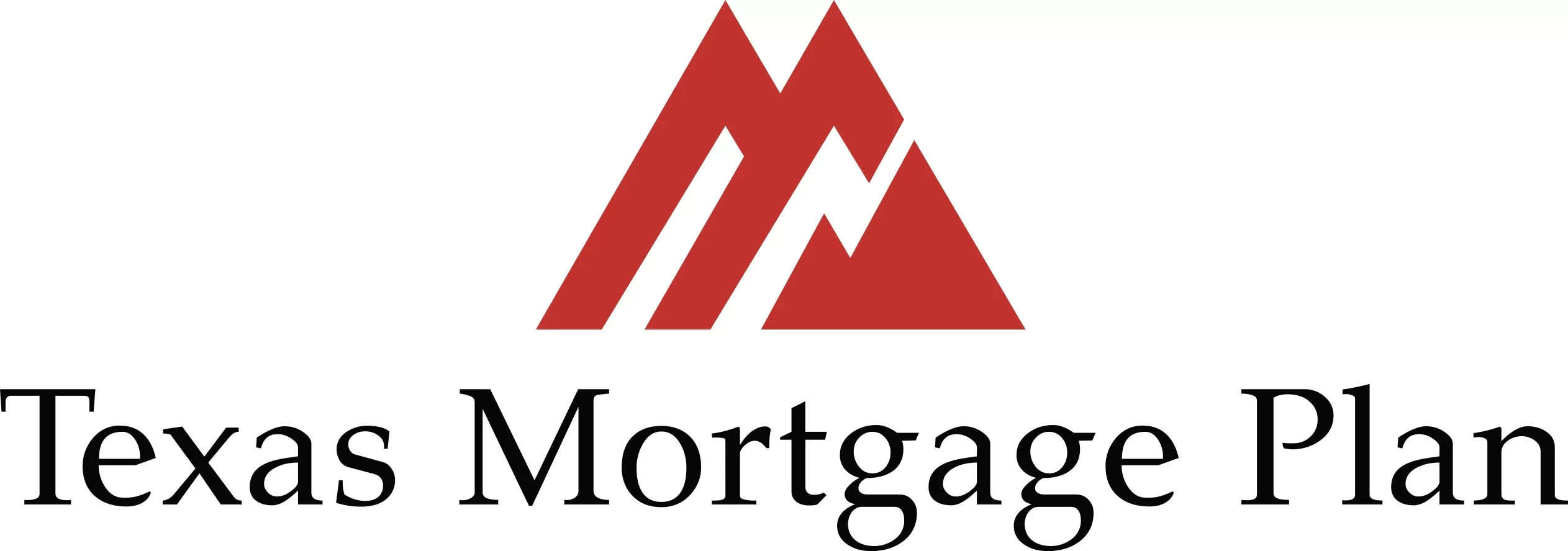For millions of consumers, a tax refund is the only lump sum of cash they get in most years and presents an ideal opportunity to improve their finances.
The average tax refund this year is $2,201 as of Feb. 4, according to the IRS.
A refund, however, isn’t found money and should be utilized carefully.
5 smart ways to put your tax refund to work
A financial windfall is an opportunity to improve your finances. Here are five smart options for using your tax refund.
1. Boost your emergency savings
There’s no debate about which should be done first. Paying off high interest debt is the most important thing you can do to help your finances. An emergency fund is simply an equal or greater amount of money saved for the unexpected, like a car repair or medical expenses. But some experts think that putting both strategies into action at once will help you save more money and reduce debt faster.
The average $2,800 refund put into a high-yield savings account or a money market account that yields 0.5 percent annual percentage yield (APY) would see $15 in growth after a year.
That’s why, if you’re going to put your money into savings, make sure you’re putting it in an account that’s going to earn the most interest. Comparatively, if you were getting the national average savings yield of 0.06 percent APY, you’d earn less than $2 after a year.
In five years that starts adding up — or not. Assuming the variable APYs stayed the same, you’d earn about $65 more in the higher-yielding account over that period.
2. Contribute to an IRA
If you’ve already filed your return, it’s too late to contribute to an individual retirement account for the 2022 tax year, unless you want to file an amended return. But you can take your refund and put it into a traditional IRA for the current tax year, plus what’s in the account can compound tax-free until you withdraw it, and the contribution may reduce your 2023 taxable income.
(If you haven’t yet filed a return, the deadline for contributing to an IRA for the 2022 tax year is April 18 2023.)
If you’re eligible to contribute to an IRA, be aware of contribution limits: $6,000 for most filers; $7,000 for those 50 and older. An IRA contribution can help you boost your retirement balance — and may be a good option, especially if
you have sufficient emergency savings, don’t have credit card debt or similar at a high APR and you’ve maximized your 401(k) contributions.
Need to find a brokerage to open an IRA or other account? Contact us now and we can recommend some of the top experts to you.
3. Pay off debt
As recently as 2017, the average APR on a credit card was lower than 13%, according to the Federal Reserve. Then, from 2018 to the start of 2022, it usually hovered around 14.5%. But over the past year it started climbing with breakneck speed, and now the average APR has climbed above 19% — the highest it’s ever been.
Using your tax refund to pay off high-interest debt could be the best use for the money. The average balance on credit cards was $5,525, according to Experian data from November 2021. If you paid only $100 a month toward the $5,525 balance it would take 94 months to pay off and cost an additional $3,990 in interest, according to Texas Mortgage Plan’s calculations.
4. Contribute to a savings account – to save for key goals
If you already have an emergency fund and you’ve either applied money toward debt or don’t have any debt, then put at least some of your tax refund into a high-yield savings account. It could be money that’s earmarked for a down payment on a home, a wedding or saving for a vacation.
You don’t have to earmark a savings account now. Your life goals will probably change as you age. So just having that money in your savings account will allow you to easily adapt as priorities shift. You can either lump all your savings into a single account or place funds in separate high-yield savings accounts to make sure that money meant for one purpose doesn’t get casually used for something else.
To get the highest APY, banks used to offer tiered balances to encourage customers to put all their money in a single institution. But now online banks, generally, offer the best APYs and require low or no minimum balance in return. There are several accounts with competitive yields that have no or low minimum balance requirements.
5. Deposit some of your tax refund into a CD
If you want to put your tax refund toward a longer-term savings goal, consider a certificate of deposit.
With interest rates expected to rise, it makes sense to stick with the shortest-term maturity that’s going to give you the highest APY for the shortest duration. Or you can also consider laddering your CDs by spreading the money between CDs with different maturity dates. Laddering CDs may help you avoid early withdrawal fees and get a higher APY on longer-term CDs.
Current APYs on CDs can help you earn potentially more than you would in a liquid account, such as a savings account or a money market account. But if you withdraw from a CD early, you may incur an early withdrawal penalty, typically about 90 to 270 days’ worth of interest on a one-year CD.




You must be logged in to post a comment.